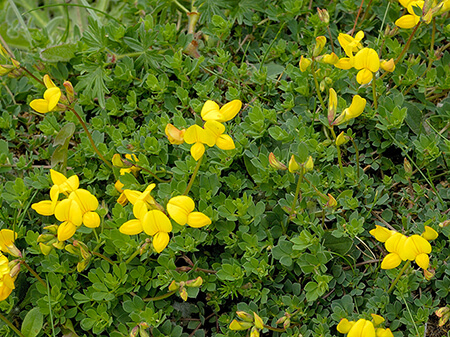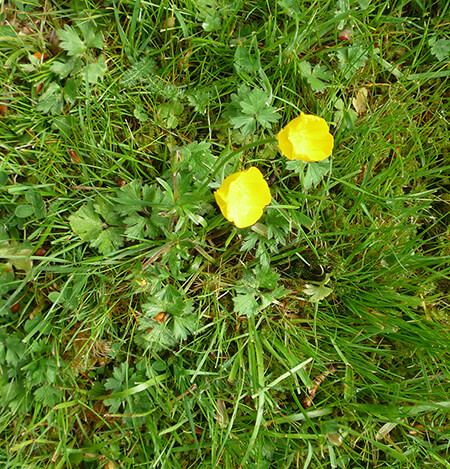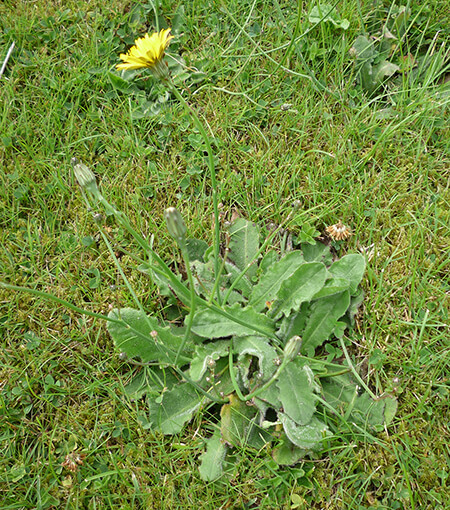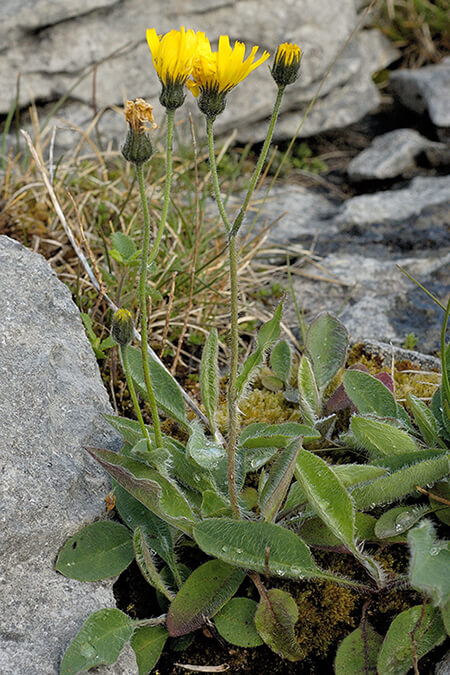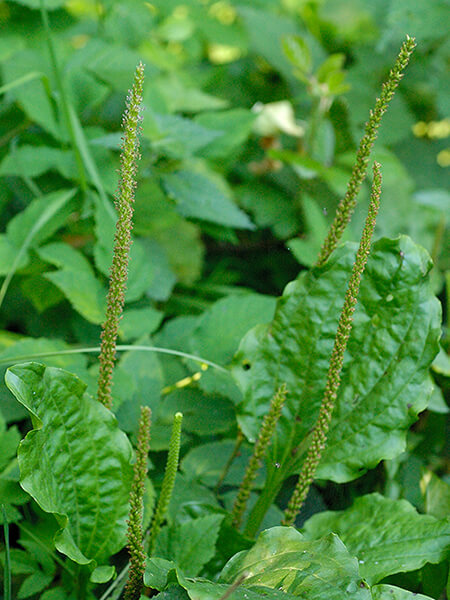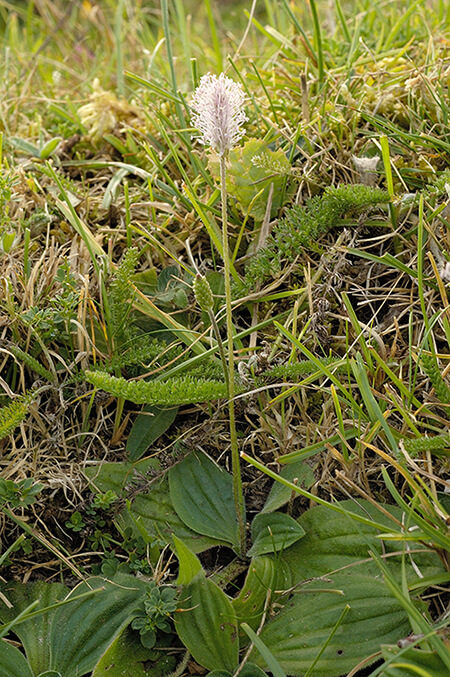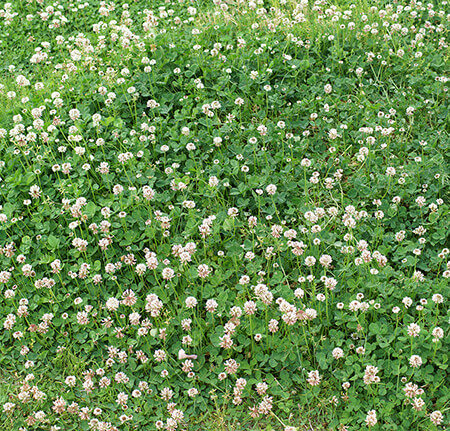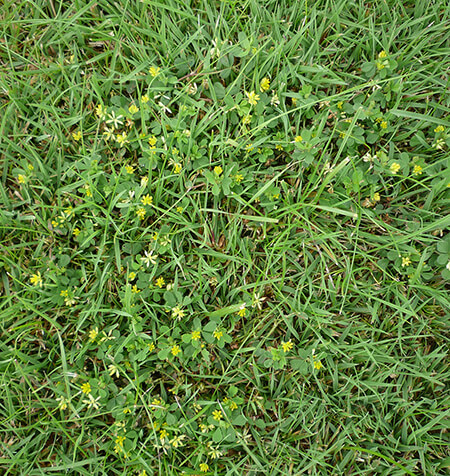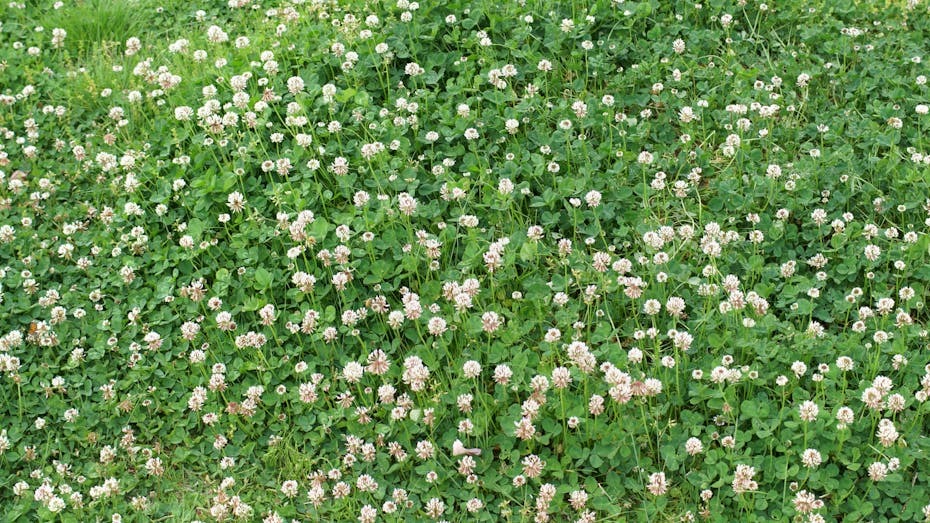
Spring Flowering Weeds - May
How to identify and control weeds in the grass that you see in May such as clover, buttercup, cats ear, mouse ear hawkweed, trefoils and plantain
Bird’s Foot Trefoil
Flowers May to August
A problem weed when you’ve got it though not that common in lawns. Prefers meadow type grassland on none acidic soils.
- Yellow flowers with red streaks hence it’s other name of ‘Bacon and eggs’
- Forms large clumps with one large main tap root
- Can be hand weeded if clumps are small and root not too deep
- Requires repeat treatment with weed killer; Scotts Weedol (Verdone) in ready to use form may be the better bet
Buttercup – Creeping
Flowers May to August
This is the most common of the lawn buttercups and can be a serious problem if not tackled early. As its name suggests, it creeps along the ground forming large chains or networks of plants. Related to the Bulbous Buttercup, Celandine and Crowfoot.
- Prefers heavy and or wet soils
- Individual plants can be hand weeded
- Generally requires weed killer to control it properly
- Not hard to kill with any of our weed killers
Cat’s Ear
Flowers May to September
Often mistaken for a Dandelion at a distance. Not as common but still a major nuisance. In the same family with Mouse-Ear Hawkweed and Smooth Hawk’s-Beard.
- Easy to tell apart as the leaves are fleshy and hairy
- Hand weed individual plants but make sure you get the long tap root to prevent re-growth
- A little harder to kill as the leaves don’t adsorb weed killer readily; requires repeat treatment
- Use any of our weed killers
Mouse Ear Hawkweed
Flowers May to August
Also known as Creeping Hawkweed because it will spread by runners. Often found in gardens and rockeries as the flower is relatively pretty.
- Flowers can be orange or even red in some instances
- Leaves are hairy and ear shaped hence its name
- Individual plants can be hand weeded
- Very easy to kill with the Resolva weed killers
Plantain – Greater
Flowers May to September
This is a major weed and enjoys heavy and compacted soil though slightly less common than the Hoary Plantain. If this weed is recurring in your lawn consider hollow tining or renovation.
- Larger than Hoary Plantain distinguished easily by long flower spike
- Can be dug out but does have a deep root
- Very easy to kill with our weed killers
Plantain – Hoary
Flowers May to August
Similar to the Greater Plantain above but smaller and much more common. Enjoys alkaline and poor soils often found in verges and brown field sites. Re-appraise your mowing, nutrition and aeration programmes if this weed becomes a nuisance.
- Smaller than Greater Plantain distinguished easily by bobble-like flower spike and very short leaf stems
- Can be dug out but does have a deep root
- Very easy to kill with our weed killers
Violet – often an escapee from the garden
Flowers from May onwards
If this one manages to get into your lawn you’ll regret planting it in the first place:
- Spreads easily from the borders so start by removing them first
- Digging them out is the best approach
- Requires frequent spot treatments with the ready to use weed killers
White Clover
Flowers May to October
Appears after most other weeds have established but is still a major weed. This is one reason why holding off with full lawn weed control until May is worthwhile. Prefers non acidic soils but will do well pretty much anywhere and is very common in fields often being sown by farmers.
- Will take advantage of low nutrient soils so maintain good fertility
- Creeping stems make this quite aggressive so needs tackling at the first sighting
- Any of our weed killers will do the trick though may need a repeat treatment after 4 to 6 weeks
Yellow Suckling Clover
Flowers May to October
Also known as Lesser Trefoil. Of all the clovers and trefoils this has to be the worst. It is extremely common, low growing to avoid the mower and spreads readily by seed and cuttings. Once you have this weed it is virtually impossible to eliminate completely!
- Hand weeding is possible but make sure you get it all
- Collect all clippings after mowing and scarifying
- Requires repeat treatment preferably with Weedol (Verdone)
- Treat new patches as soon as you see them
